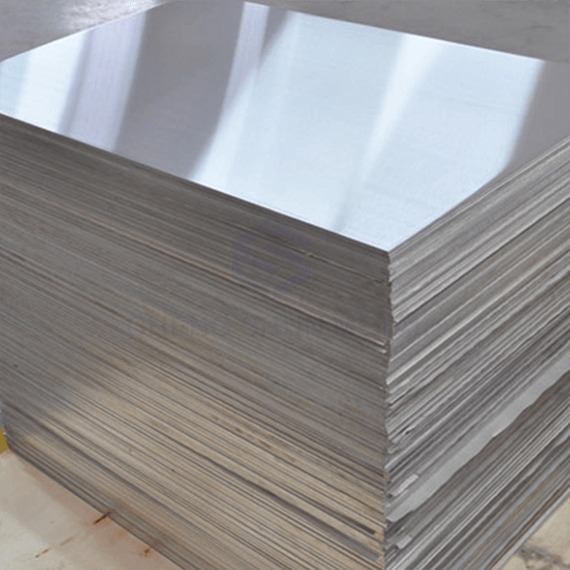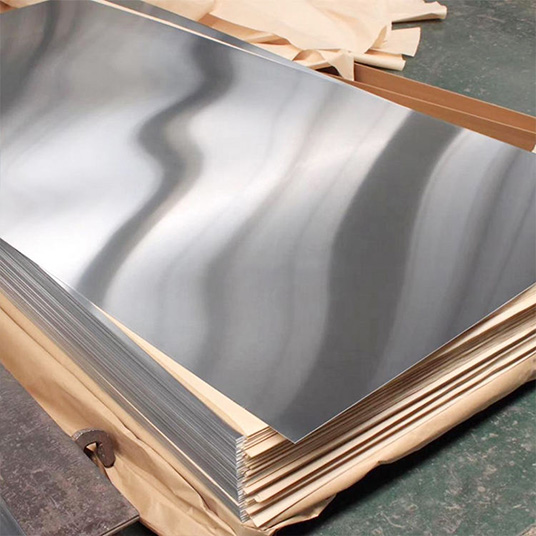



Aluminium 5083 is known for exceptional performance in extreme environments. 5083 is highly resistant to attack by both seawater and industrial chemical environments.
Alloy 5083 also retains exceptional strength after welding. It has the highest strength of the non-heat treatable alloys but is not recommended for use in temperatures in excess of 65°C.
With excellent corrosion resistance and weldability, together with high strength, this alloy was designed for welded structures requiring maximum joint strength and efficiency. Can be anodized for increased corrosion resistance, but does not lend itself to decorative applications. Not meant to be a machining alloy, but can be machined fairly well with proper preparations. Because of its relatively high magnesium content, the workability rating would only be fair. Non-heat treatable. Typical applications include large marine craft, containers, railroad cars, structurals and elevator cars.
Chemical Composition
| Chemical Element | % Present |
| Manganese (Mn) | 0.40 - 1.00 |
| Iron (Fe) | 0.0 - 0.40 |
| Copper (Cu) | 0.0 - 0.10 |
| Magnesium (Mg) | 4.00 - 4.90 |
| Silicon (Si) | 0.0 - 0.40 |
| Zinc (Zn) | 0.0 - 0.25 |
| Chromium (Cr) | 0.05 - 0.25 |
| Titanium (Ti) | 0.0 - 0.15 |
| Other (Each) | 0.0 - 0.05 |
| Others (Total) | 0.0 - 0.15 |
| Aluminium (Al) | Balance |
Temper Types
O - Soft
H111 - Some work hardening imparted by shaping processes but less than required for H11 temper
H32 - Work hardened by rolling then stabilised by low-temperature heat treatment to quarter hard
Applications
Shipbuilding
Rail cars
Vehicle bodies
Tip truck bodies
Mine skips and cages
Pressure vessels
